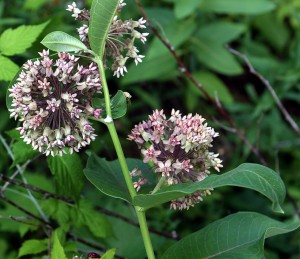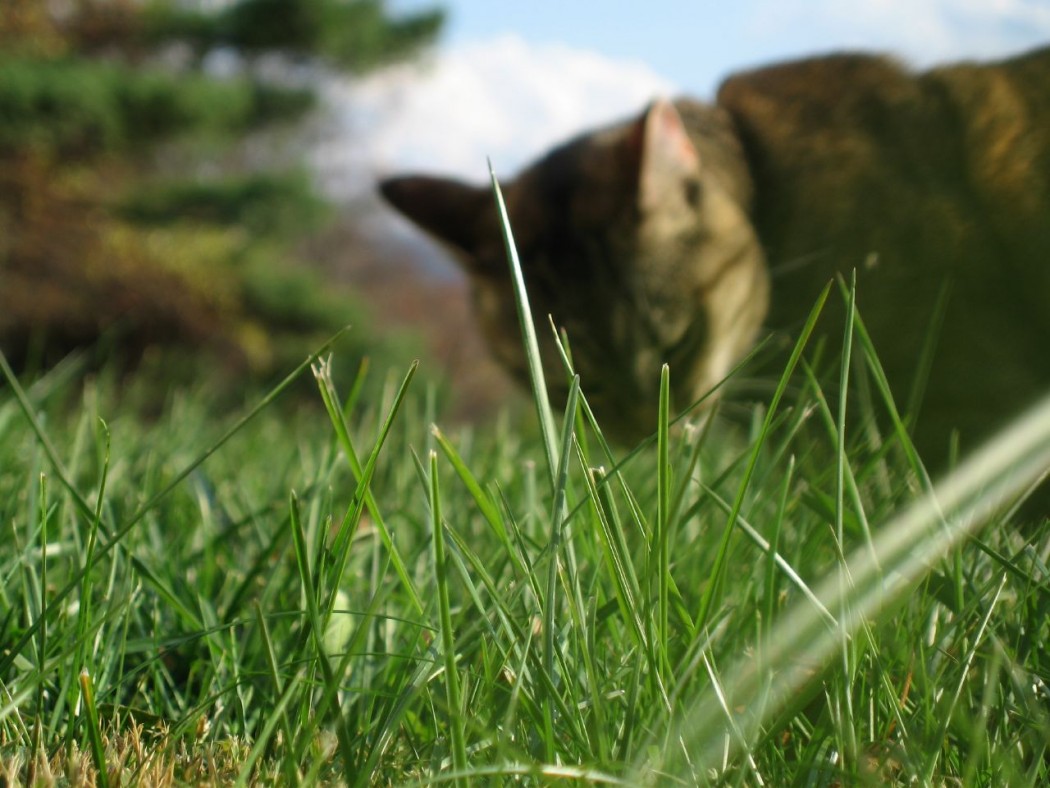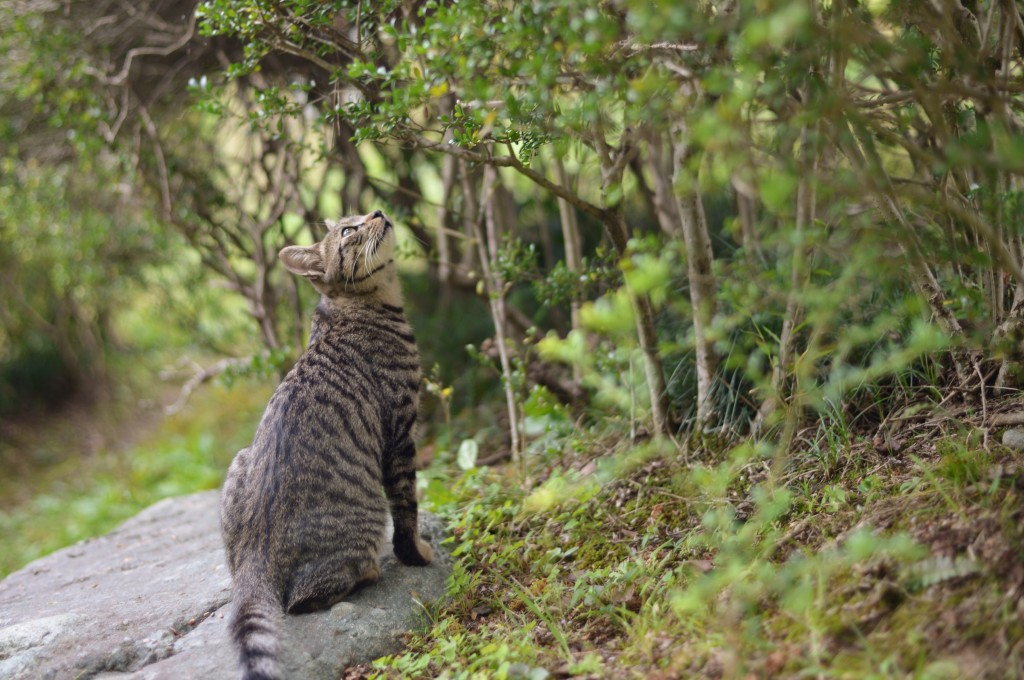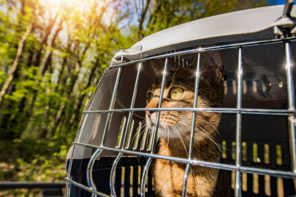After spending weeks harness training and introducing Sir Meows-A-Lot to the car, turning your only-likes-to-nap-in-the-windows kitty into a brazen adventure cat seems like a snap. But all that preparation can come screaming to a halt if Sir MAL accidentally eats something toxic.
Fortunately, there are many apps available for Android, iPhone and Windows smartphones to prevent a tragedy and last-minute emergency vet trip.
Wild Edibles (Android: $7.99, iOS: $7.99) is a great resource, with more than 200 plants and 65 lookalikes documented by photo, illustration and information.
APCC by ASPCA (Android: free, iOS: free) is an app by the Animal Poison Control Center. It has information on all known toxic and nontoxic plants in a quick selection menu, as well as tools to help determine the level of severity if toxic substances are consumed.
The ASPCA also has a comprehensive list of toxic and nontoxic plants for cats, dogs and other pets on its webpage. This list provides plants’ scientific and family names, as well as links to individual pages for each plant. Plant pages contain photos, toxic principles and clinical signs of toxicity.
Aloe: While this succulent has a surprising number of medicinal uses for humans, it’s toxic to both cats and dogs.
Apple: The stems, leaves and seeds contain cyanide, particularly when they begin to wilt. Human bodies can process this amount of cyanide with ease, but our feline friends cannot. Skip sharing snacks on the trail and bring your kitty her own treats.
 Azalea: Ingestion of azalea flowers can lead to serious health problems, including death. These plants contain grayanotoxin, which interferes with skeletal muscle, cardiac muscle and nerve function. These beautiful flowers (pictured right) should be avoided at all cost.
Azalea: Ingestion of azalea flowers can lead to serious health problems, including death. These plants contain grayanotoxin, which interferes with skeletal muscle, cardiac muscle and nerve function. These beautiful flowers (pictured right) should be avoided at all cost.
Branching Ivy: This includes branching ivy, glacier ivy, needlepoint ivy, sweetheart ivy and California ivy. The leaves are more toxic than the berries.
Cardinal Flower: These gorgeous hummingbird favorites can cause vomiting, diarrhea, excessive salivation, abdominal pain and heart rhythm disturbances.
Elephant Ears: Another beaut on the list, elephant ears can cause severe burning and irritation of the mouth, tongue and lips, as well as difficulty swallowing.
Hibiscus: The toxic principle of this tropical favorite is unknown, but ingestion can cause vomiting, diarrhea and nausea.
 Milkweed: This is yet another plant that does wonders for the human body, but is harmful to pets. Milkweed is known to cause the usual vomiting and diarrhea, along with seizures, kidney failure and even death. (pictured right)
Milkweed: This is yet another plant that does wonders for the human body, but is harmful to pets. Milkweed is known to cause the usual vomiting and diarrhea, along with seizures, kidney failure and even death. (pictured right)
Sago Palm: Depending on the area you’re in, these small palm varieties are everywhere and universally dangerous for pets. Consumption often leads to death.
Shamrock Plant: These Irish luck symbols are dangerous in large quantities. The entire plant is potentially toxic and can cause kidney failure.
Tail Flower: Also known as flamingo lilies or painter’s pallet, this plant can cause oral irritation and vomiting.
Yew Pine: All varieties of yew are dangerous to cats. Consumption can lead to tremors, seizures, vomiting and death.
Signs of poisoning in cats
- vomiting
- diarrhea
- seizures
- loss of appetite
- lethargy
- blood in stool
- nosebleeds
- inability to urinate
- irregular heartbeat
If your cat ingests these or any other toxic plant — or if your cat appears to be poisoned — contact your local veterinarian or the ASPCA Animal Poison Control Center at (888) 426-4435.
Learn more about dangerous plants in the infographic below.
Check out this list for a more extensive look at toxic plants.
Inset photos: (cat) Eiji Ienaga/flickr, (azalea) Wikimedia Commons, (milkweed) Wikimedia Commons
Infographic: Proflowers.com






